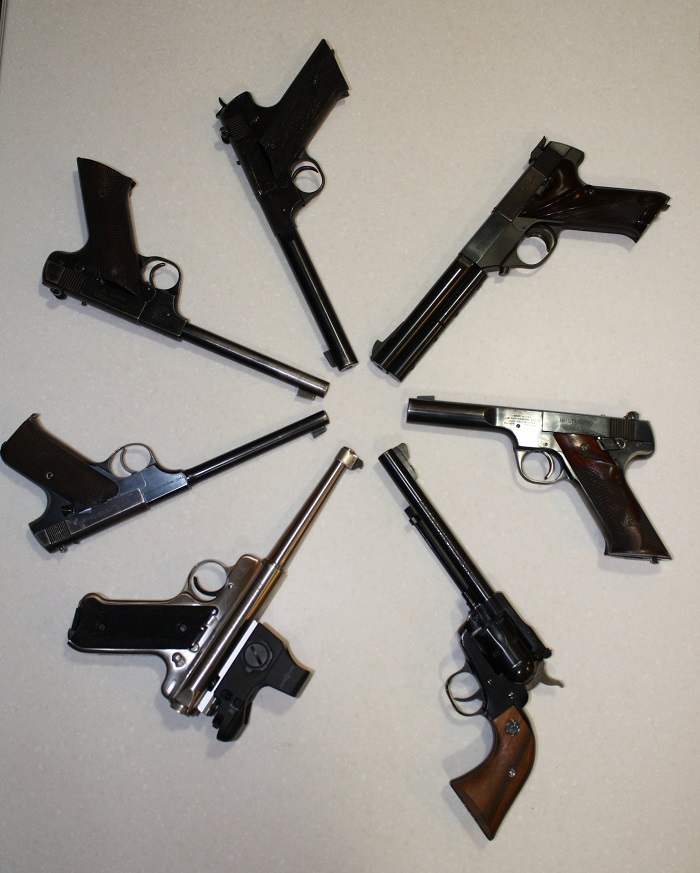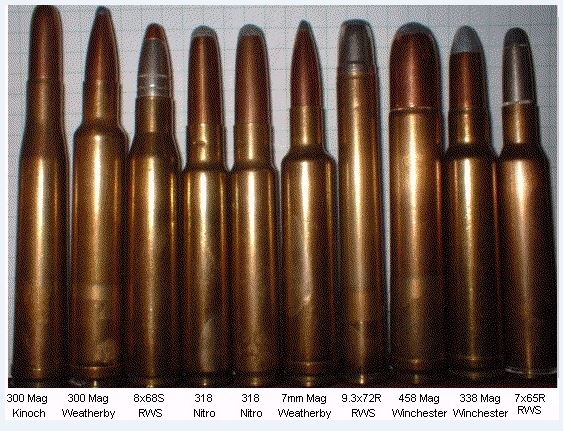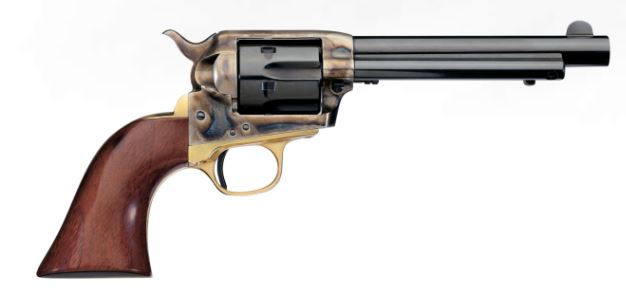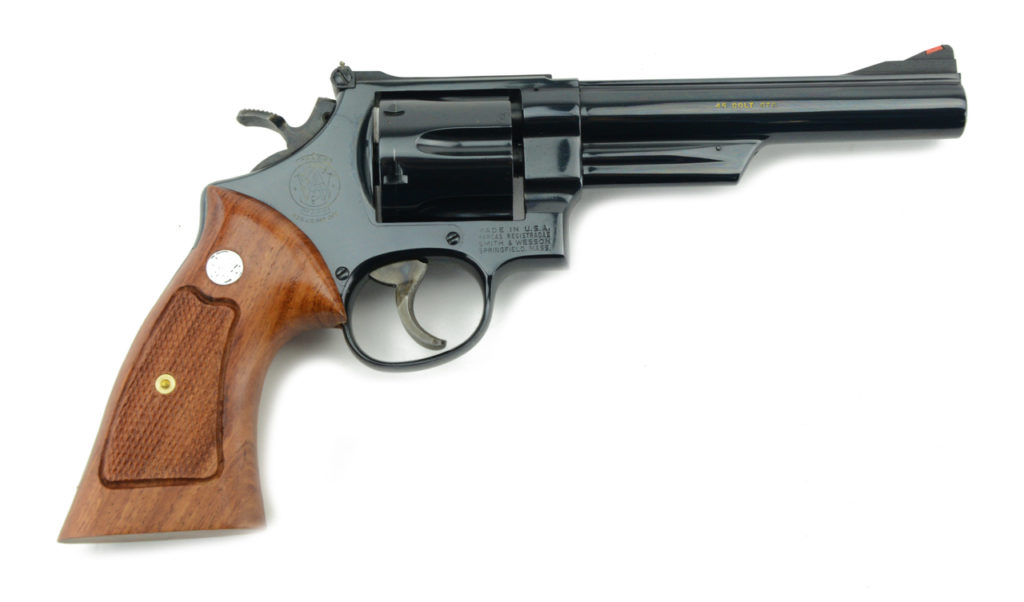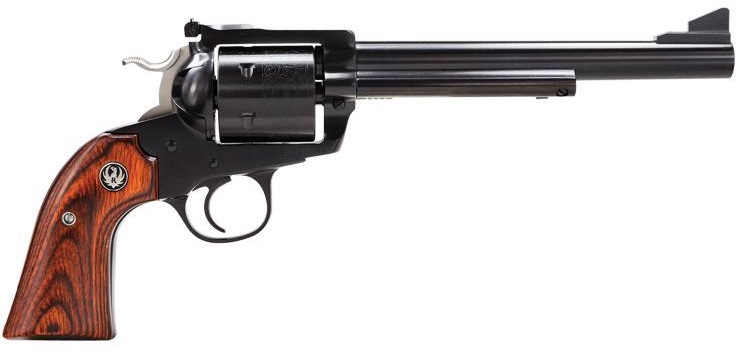From Reader Brad_in_IL comes this love letter:
[I have a] Mosin-Nagant Model 44 carbine, built in 1945. Rifle probably never saw combat as the bore is bright and shiny [I’ll say — K.]. Was probably Ivan’s gun when he stood a guard post.
I call it my Russian Blunderbuss. Damn thing BELCHES fire when touched off… and makes a roaring concussion. I once had an “AR” guy at the next station ask, “What the CHRIST was that?”
I myself have always had a soft spot for the Mosin-Nagant rifle, most especially the M44. Here’s one (not Brad’s):

Like Rolls-Royce cars and Chicago politics, everything you ever heard about the Mosin rifle is true. It kicks the crap out of you — true. It sometimes requires a mallet or a piece of two-by-four to work the bolt — true. When you shoot it, the jet of flame from the M44’s muzzle is almost as long as the gun itself — true. It will carry on working almost regardless of ill-treatment or neglect — true. And so on, and so on.
I think the reason I like the Mosin is that at the end of it all, it is a man’s gun. This is not something that any G.I. Jane (of almost any nationality except maybe a Russian dyevochka circa 1943) would be able to handle — whether operating the bolt after the fifth round, being able to shoot ten rounds in a row of the manly 7.62x54mmR without developing a massive flinch and/or dislocating a shoulder, or loading the mag through the open bolt action without coming away with pinch-blisters. Hell, most men can’t do all the above, so it’s not anything to be ashamed of, ladies.
In days gone by, the M44 made for an excellent trunk gun, in that it could be banged around ceaselessly and still function, was small enough to fit in just about any size trunk, was cheap enough to be easily replaced if stolen, and would be capable of handling just about any circumstance of mayhem, especially if equipped with the issue cruciform bayonet, thus:

If the expression “pig-sticker” comes to mind when you see that picture, it should.
But we live in a different world nowadays [deep sigh], where the rising tide of Obama-era inflated gun prices has affected even the lowly M44. Case in point: the rifle pictured above which, even though it is of Russian make in mint condition (!) with matching serial numbers (!!), still has an asking price of $600 (!!!) — which makes it roughly ten times the cost of the same rifle a decade or so ago. (My old Hungarian M44 cost me, if I recall correctly, about $90 and I was teased mercilessly by some old Mosin cognoscenti for having spent so much.)
Which kinda takes away the fun part of the Mosin for me. It was always a rough-and-ready, go-anywhere and handle-anything gun precisely because of that sub-$100 price point — the perfect weapon for peasants, as it were. Now… not so much, because $600 is a serious investment for us pore working-class types, and the perverse joy of owning a piece of stubbornly-utilitarian junk like the Mosin has been sadly diminished.
I hate the modern day. Here’s me with my old 91/30, in happier times (note the length of the bayonet):

The smile says it all.
